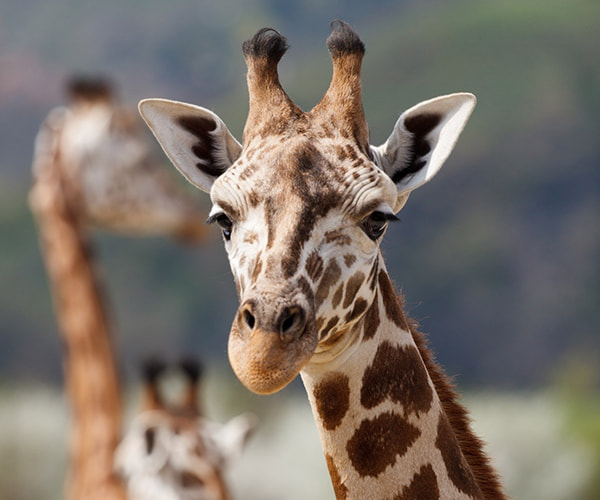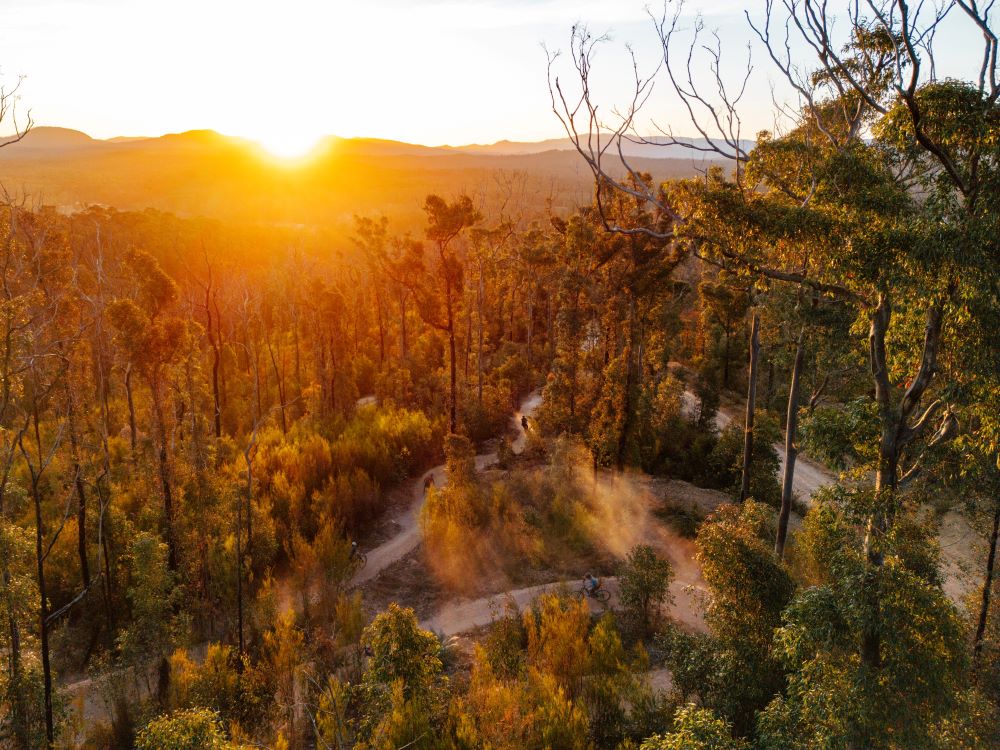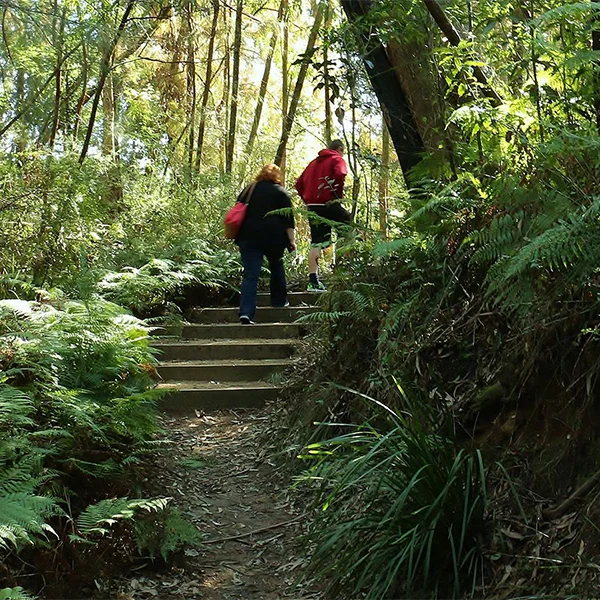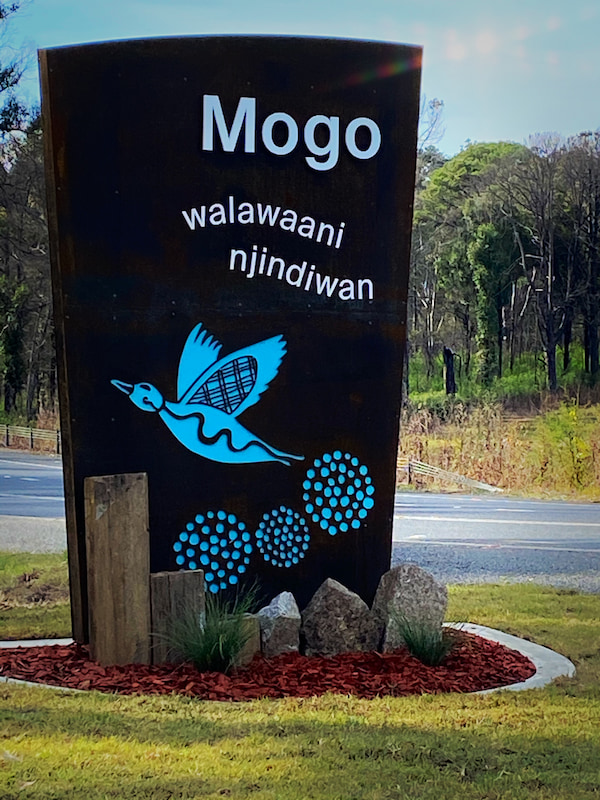Things to do
A picturesque village with loads to do!
Mogo is a picturesque village nestled just 10 minutes from Batemans Bay, and is blessed with so many free activities within a short drive from the village.
Our village is a collective of artisans, food producers, and boutique shopping experiences sure to delight everyone. When you’re visiting us, follow Tomakin Road all the way to the coast, and don’t miss the incredible Tomakin lookout with 180 degree-views of the Pacific Ocean – you’ll lose yourself in the amazing views.
We are surrounded by amazing beaches – North Broulee is perfect for paddling in rockpools with little ones, Guerrilla Bay is a pebbly haven to float and relax, and Lilli Pilli Beach is perfect for a sunrise dip. You’ll need to make time for the Eurobodalla Botanic Gardens as well – devastated by the Black Summer bushfires, seeing the regrowth of these native gardens is a wonderful way to reflect on the recovery of this very special corner of the world.

Biking in Mogo.
Such great riding to do in Mogo!
The Mogo Trails feature a huge variety of trails. Trails are structures so that they indicate their difficulty rating through a colouring system, adopting an internationally common system: Green (Easy), Blue (Intermediate), Black (Advanced) and Double Black (Extreme). Beginners can discover their passion, and where seasoned riders can push their limits.
The network design will allow riders in a group to separate, take different skill level trails and then re-join in an easy, intuitive way. The network will cater for experienced riders and national or international events, but also welcome beginners to help create the next generation of riders – inspiring the local community and visitors alike.

Visit the Eurobodalla Regional Botanic Gardens.
Walk the gardens or join a guide!
Our Living Plant Collection is made up of regional plant species that are found across a wide range of ecosystems. This collection includes representatives of all vegetation types from the tiniest forbs to the most majestic forest giants.
Join in a free guided walk on the first Sunday of each month at 11am with a trained volunteer guide. You can call our Visitor Centre to book a place or just turn up.
For those who like to adventure and explore, there are many walking trails to enjoy within the Garden. Trails vary in length and difficulty.
- Educational signs are placed throughout the Garden to highlight prominent plants and features.
- These informative signs give a summary of plant features, community or habitats, and plant uses.
- You can also stop by the Visitor Centre to collect brochures about wildlife, local plant families, and children’s activities you might encounter on your walk.

Getting here
Mogo is a small heritage village on the New South Wales far south coast.
Located halfway between Batemans Bay and Moruya on the Princes Highway, Mogo is just a two hour drive from Canberra, and around four hours south of Sydney. Our nearest airport is about 20 minutes away, at Moruya.
History
Mogo village was established after the discovery of gold in the area in the 1850s.
This gold rush attracted many diggers to the Mogo area and a thriving town of hotels, churches and shops was born. Mining continued in and around Mogo until the closure of the last mine in 1984, when the small village began attracting talented artists, craftspeople, and sellers.
Today, Mogo Village is a shopping delight full of specialty stores and cafes. When you visit Mogo you will find a huge range of handcrafted items, unique gifts and artworks for every taste. You can also enjoy our eateries with fantastic dishes and great coffee.
You will notice the ‘old time’ character of Mogo Village has endured, because many of the newer buildings have been designed to complement the surviving miners’ cottages.
Mogo is home to the Monaro and Yuin people who have significant heritage in the area with many Aboriginal sites and features being identified. In the language of the Yuin people the word ‘Mogo is said to mean ‘Stone Axe and large camping ground’.
The Aboriginal history of the area includes locations such as Tomakin and Barlings Beach where Aboriginal families tell of the significant spiritual and cultural associations of this area.
